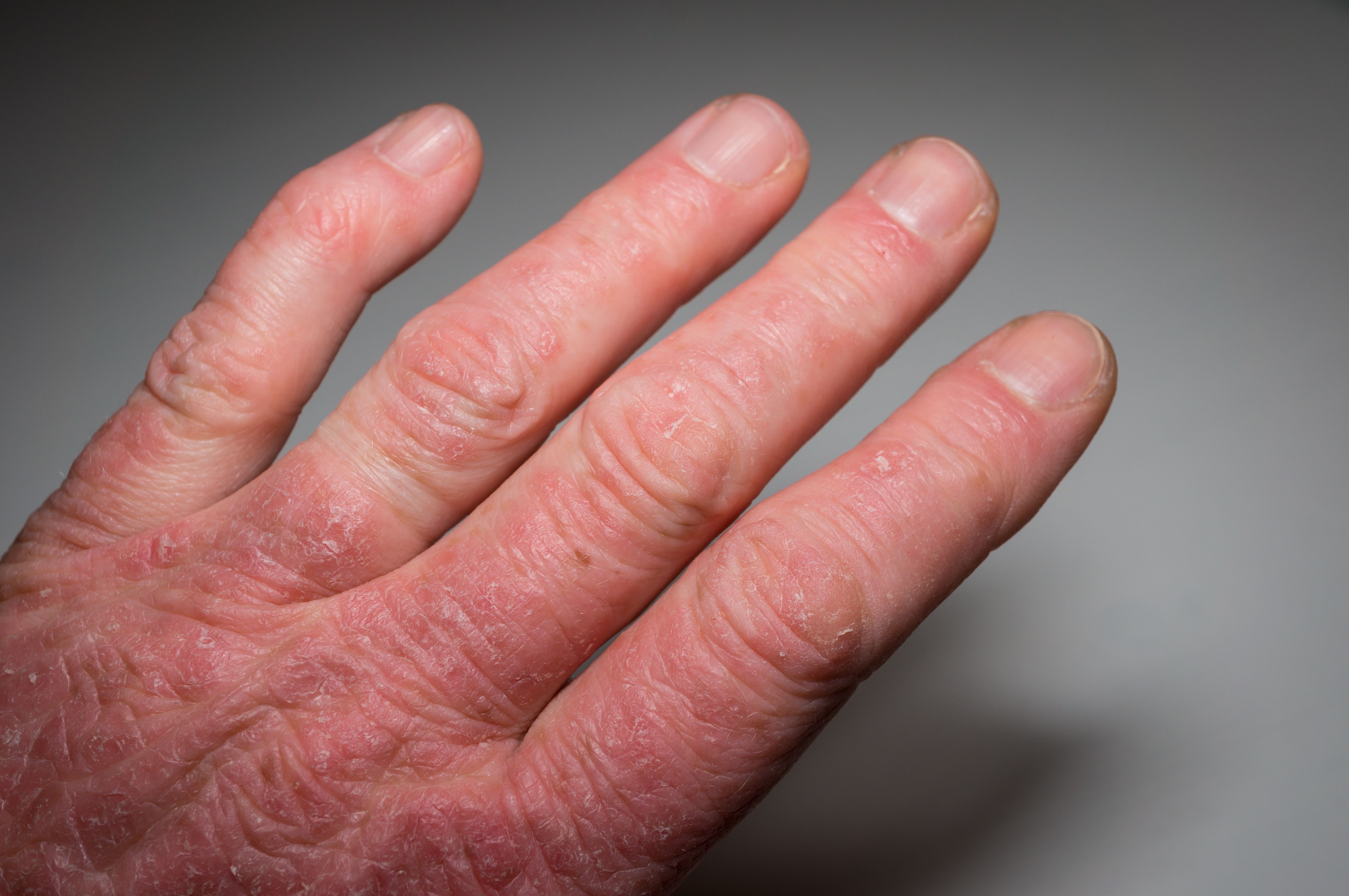- Center on Health Equity & Access
- Clinical
- Health Care Cost
- Health Care Delivery
- Insurance
- Policy
- Technology
- Value-Based Care
Clinical Specialization Impacts Treatment in Psoriatic Arthritis
Patients treated by rheumatologists were more often treated with tumor necrosis factor inhibitors, according to one study.
This article was originally published by Dermatology Times®. It has been lightly edited.
Researchers found that treatment of psoriatic arthritis (PsA) varied depending on clinical specialization in Germany. Comparing data from 2 registries, the study published in the Journal of the German Society of Dermatology1 observed that patients who were treated in a dermatology setting were more likely to exhibit a longer disease duration and were more often treated with Interleukin (IL)-23 inhibitors than patients treated in a rheumatology setting.
PsA is a type of arthritis linked to psoriasis. Although similar to rheumatoid arthritis (RA) symptoms such as joint swelling and inflammation, PsA tends to effecr fewer joints than RA.

Adult patients with moderate or severe PsA being treated with an approved systemic drug by a dermatologist can be registered on the German Psoriasis Register PsoBest (PB). Researchers used the data from 704 patients on the PB registry for their analysis. For the rheumatology setting, data from 1066 patients with PsA on the German disease registry RABBIT–SpA (RS) was utilized.
Skin-related quality of life was assessed using the Dermatology Life Quality Index (DLQI). Level of disability from PsA was measured using the Health Assessment Questionnaire (HAQ). Data between October 2017 and December 2020 was analyzed.
The mean age for participants on the PB registry was 51.7 years and on the RS was 51.9 years. Duration of disease was longer in the patients seen in a dermatological setting (21.6 years) than in the patients treated in a rheumatological setting (14.3 years). Women (60%) made up more of the RS group than the PB group (49%).
Sociodemographic parameters including body mass index, waist-hip ratio, smoking status, work status, and number of comorbidities were comparable between the groups. Hypertension, type 2 diabetes, obesity, hyperlipoproteinemia, and depression were the most common comorbidities.
Cutaneous severity was measured by body surface area (BSA) and proportion of nail psoriasis and was higher in the PB group. In both groups men had a higher BSA and more often exhibited nail psoriasis.
Mean physician global disease activity was higher in the RS group (5.2) compared to the PB group (4.6), and more patients in the RS group experienced tender and swollen joints. In the PB group, however, mean tender joint counts and swollen joint counts were higher in the PB group. In RS, 88% of women and 82% of men had tender joints compared to 76% of women and 66% of men in the PB group.
Although patients in the RS group reported higher global disease activity and pain, the mean DLQI score was markedly higher in the PB group (12.2) than in the RS group (5.6). In both registries women reported higher disease activity and pain, and skin problems created a greater impact on health-related quality of life and functional capacity.
Among patients in both registries, the proportion of those receiving biological disease-modifying antirheumatic drug (bDMARD) predominated, accounting for more than 70% of included patients. Among this group, 48% in PB and 47% in RS received IL-17 inhibitors, and 29% of PB patients compared to 7% of RS patients were treated with IL-23 inhibitors. Tumor necrosis factor inhibitors were given to 46% of patients in the RS group and to 23% of patients in the PB group.
Limitations of the study included differences in questionnaires and that researchers could not confirm the number or characteristics of patients treated by both specialties.
Despite these limitations, the study suggests "that clinical specialization was associated with marked differences in physician- and patient-related outcome measures as well as treatment routine," wrote the researchers of the study.
Reference
Augustin M, Lindner L, Kühl L, et al. Characterization of patients with psoriatic arthritis in dermatologic and rheumatologic care: analysis of two registries. JDDG: Journal der Deutschen Dermatologischen Gesellschaft. 2023;1-7. https://doi.org/10.1111/ddg.15178
